It was a risk that appeared to be a genius call at the time but ultimately led to heartbreak for George Russell.
When Russell crossed the line just half a second ahead of Mercedes team-mate Lewis Hamilton to win the Belgian Grand Prix on a seemingly unthinkable one-stop strategy, the plaudits followed.
Russell finished the race on hard tyres that had run for 34 laps, going against the grain of all the predicted simulations following the two practice sessions on Friday at Spa Francorchamps. No one had dared consider it beforehand. The strategy was set for two stops.
Just 90 minutes after the chequered flag fell, the FIA announced that technical delegate Jo Bauer had found Russell's car to be underweight by 1.5 kilograms following the extraction of fuel required for mandatory post-race checks.
As it remarkable as it sounds, the rubber lost on the tyres by running so long played its part. Additionally, there was no celebratory warm-down lap, as is customary at almost every other circuit, meaning no off-line rubber was collected, ensuring critical weight was lost.
When it comes to the FIA's technical regulations, there are no grey areas and no potential get-out clauses. You are generally guilty as charged, as was the case with Russell and Mercedes.
So why did Russell fly in the face of convention, go "off piste" as he described it, when everyone around him made two stops?
With the information he was receiving, he felt that Hamilton, who appeared nailed on for the win given how the race unfolded, was not catching him at a rate he anticipated after the seven-time F1 champion pitted for a second time after 26 laps.
It was at that point that Russell suggested over the radio they go for a one-stop. "It was quite back and forth [with the team] over the course of three laps," he said. "The team sort me up and put their faith in me to do the one-stop."
Viewed by others:
Russell trusted his gut
At that stage, Russell was out on his own in front, no one in front, no one behind, driving, he said, as if he was "in a simulator".
In the end, the decision was "a team effort". He added: "It's difficult because when you feel something in your gut, you have to go with it.
"But when every single driver and team is pitting to go on to a different alternative strategy, and after all the data we had on Friday suggested a one-stop was not even close to being viable, you do kind of question that a couple of times, thinking, ‘Are we missing something here? Why isn't anybody else doing this?'
"But I just sort of felt at one with the tyres. I managed it a little bit at the beginning and I knew that would give me a bit of money back at the end.
"We've got so many sensors and data points on the car, but there are only 20 of us driving these F1 cars and sometimes you feel it. You can feel how the tyre is sliding over the track, and you've just got to trust your gut sometimes."
It was a brave call that initially reaped the rewards, but ultimately resulted in disqualification, leading to Mercedes launching an internal investigation as to why the car was found to be underweight.
Don't miss out on any of the Formula 1 action thanks to this handy 2026 F1 calendar that can be easily loaded into your smartphone or PC.
Download the calenderMost read
In this article
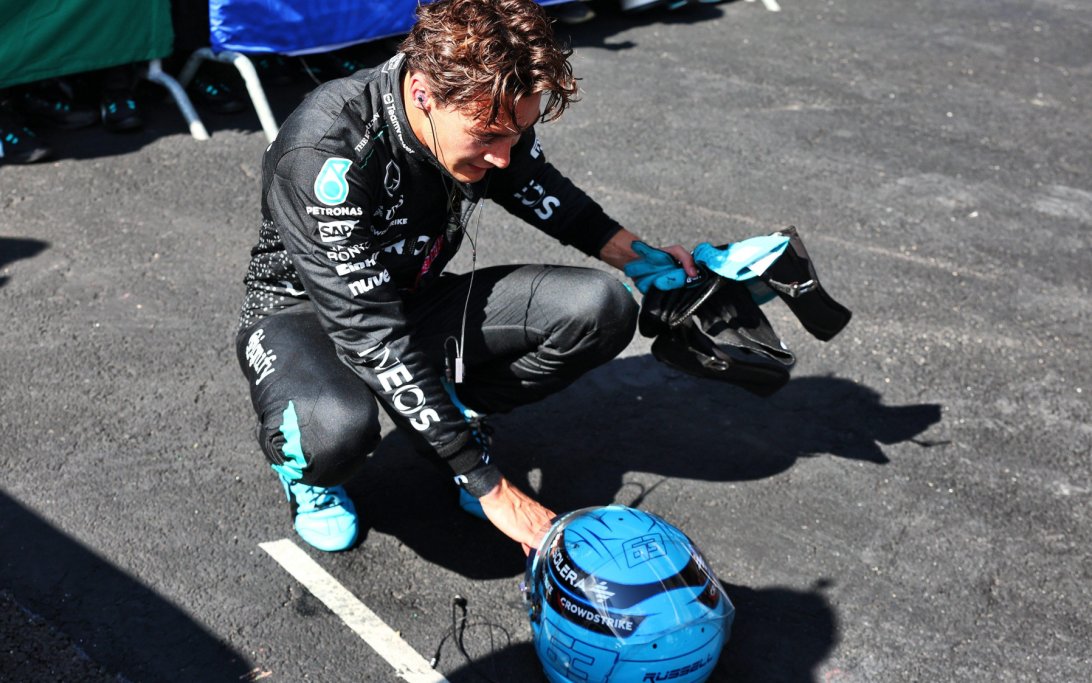
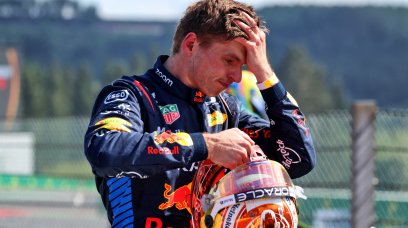
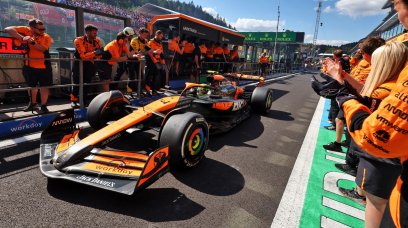
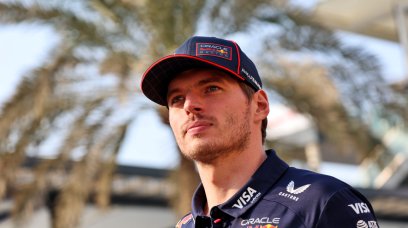
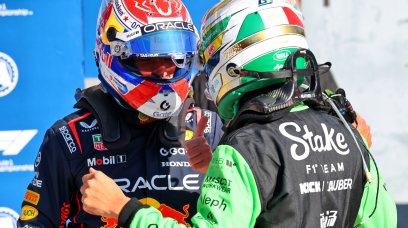
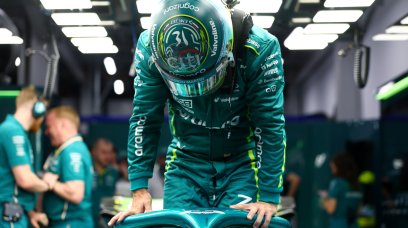
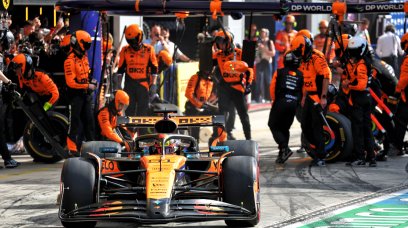
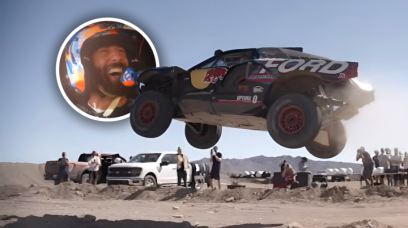
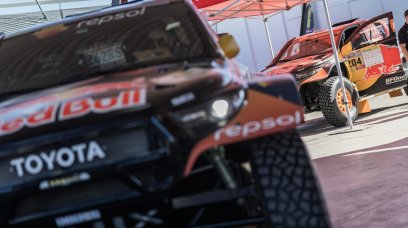

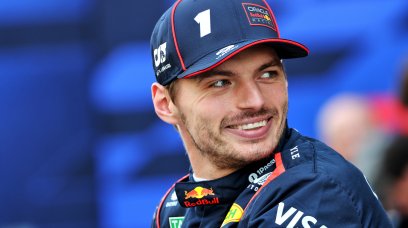
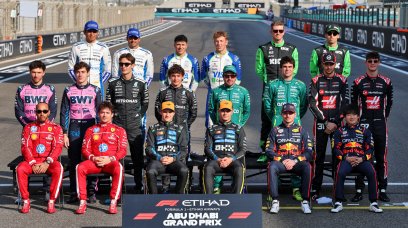
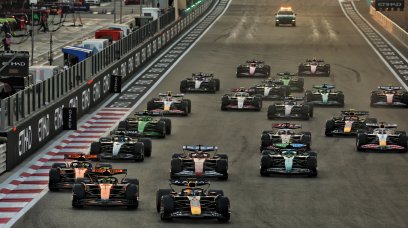
Join the conversation!